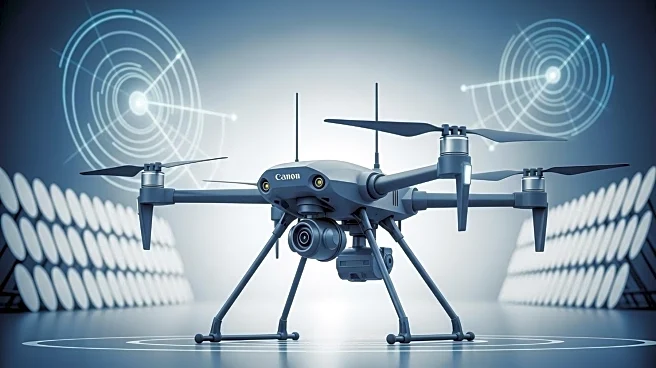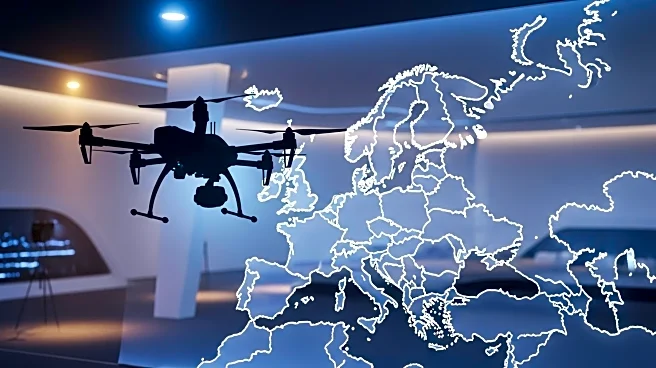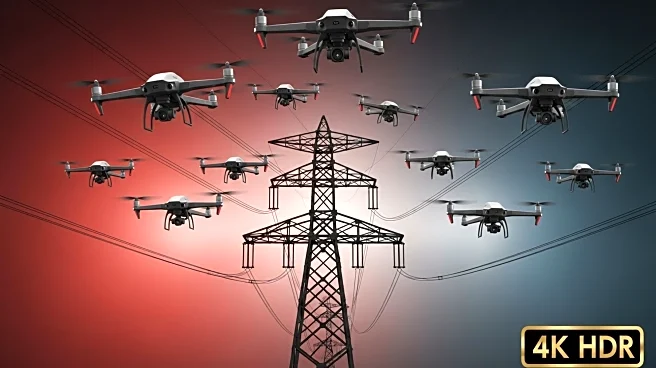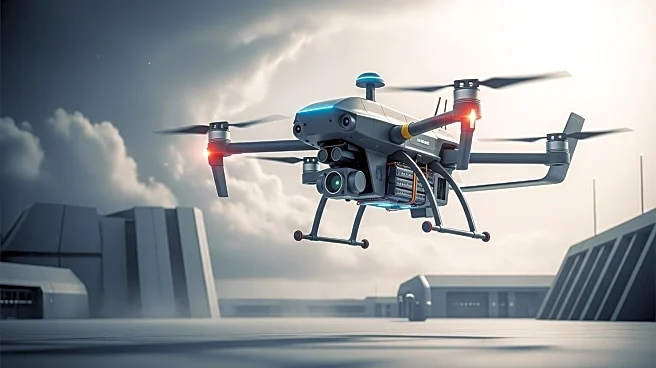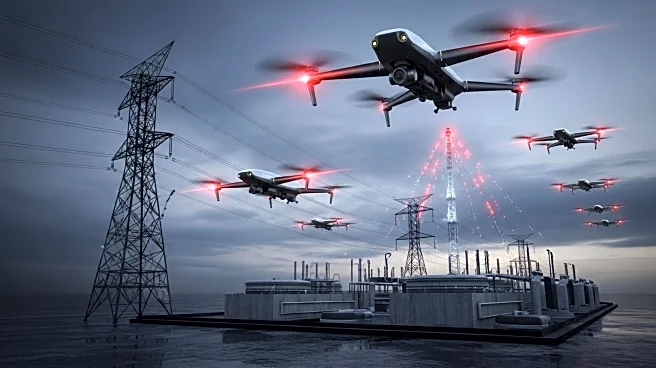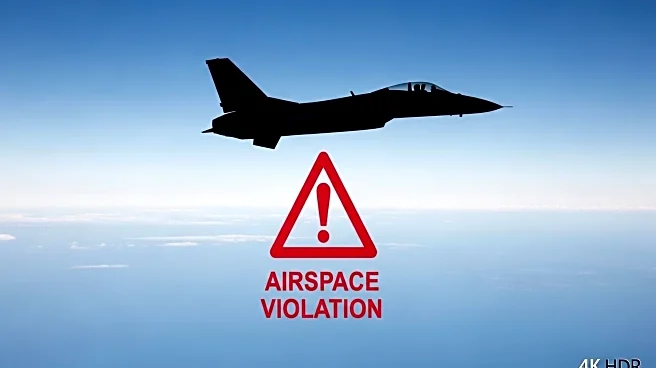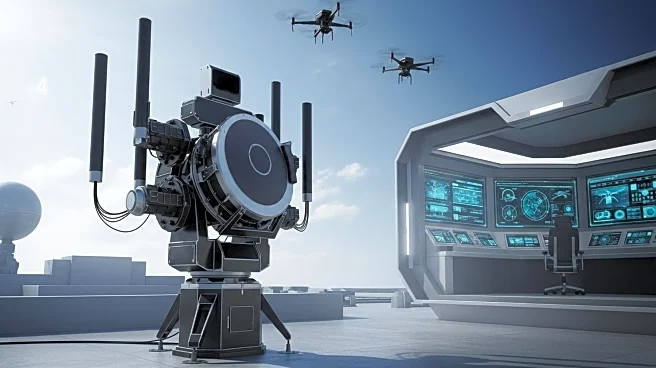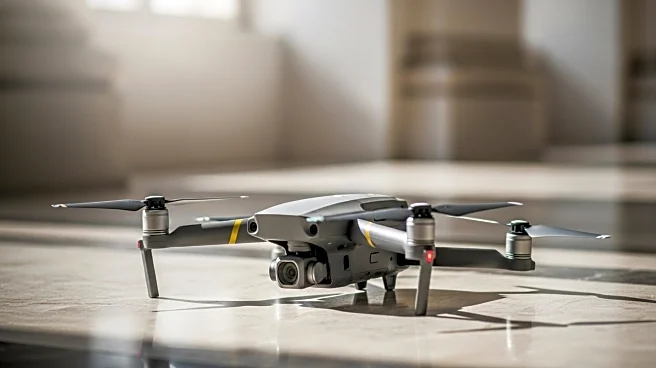What's Happening?
NATO is intensifying its 'Baltic Sentry' maritime presence to address the growing threat posed by unmanned aircraft systems (UASs) in the Baltic region, particularly affecting Denmark. This move comes after several Danish airports were forced to close due to UAS activity. The German Navy frigate FGS Hamburg, part of NATO's Standing NATO Maritime Group 1 (SNMG1), has been deployed to enhance air-defense capabilities as part of this mission. The shift in focus for NATO's Allied Maritime Command (MARCOM) was marked by a recent port call in Copenhagen by the FGS Hamburg. This deployment is part of a broader strategy to increase surveillance and deterrence in the region, utilizing multiple intelligence, surveillance, and reconnaissance (ISR) platforms and air-defense frigates.
Why It's Important?
The expansion of NATO's vigilance in the Baltic region underscores the alliance's commitment to maintaining security and stability in the face of new technological threats. The presence of UASs near critical infrastructure like airports poses significant risks, potentially disrupting air travel and compromising national security. By enhancing its maritime and air-defense capabilities, NATO aims to reassure member states and deter potential adversaries. This move is particularly crucial for Denmark, which has experienced direct impacts from UAS activities. The increased vigilance also highlights the evolving nature of security threats and the need for adaptive strategies to address them.
What's Next?
NATO's continued focus on the Baltic region suggests further deployments and enhancements in surveillance and defense capabilities. The alliance is likely to increase collaboration with member states to develop comprehensive strategies against UAS threats. Future actions may include joint exercises, technological upgrades, and policy adjustments to strengthen regional security. Stakeholders, including political leaders and defense agencies, will need to assess the effectiveness of these measures and consider additional steps to mitigate risks associated with unmanned systems.

